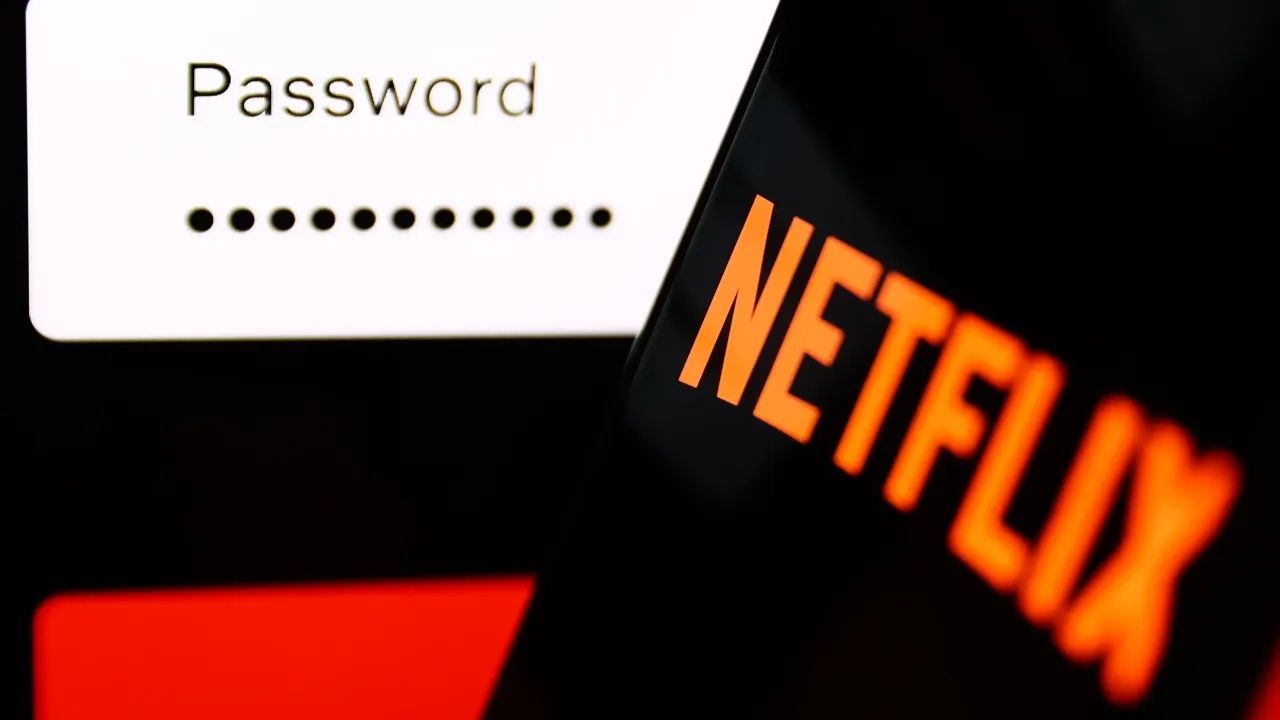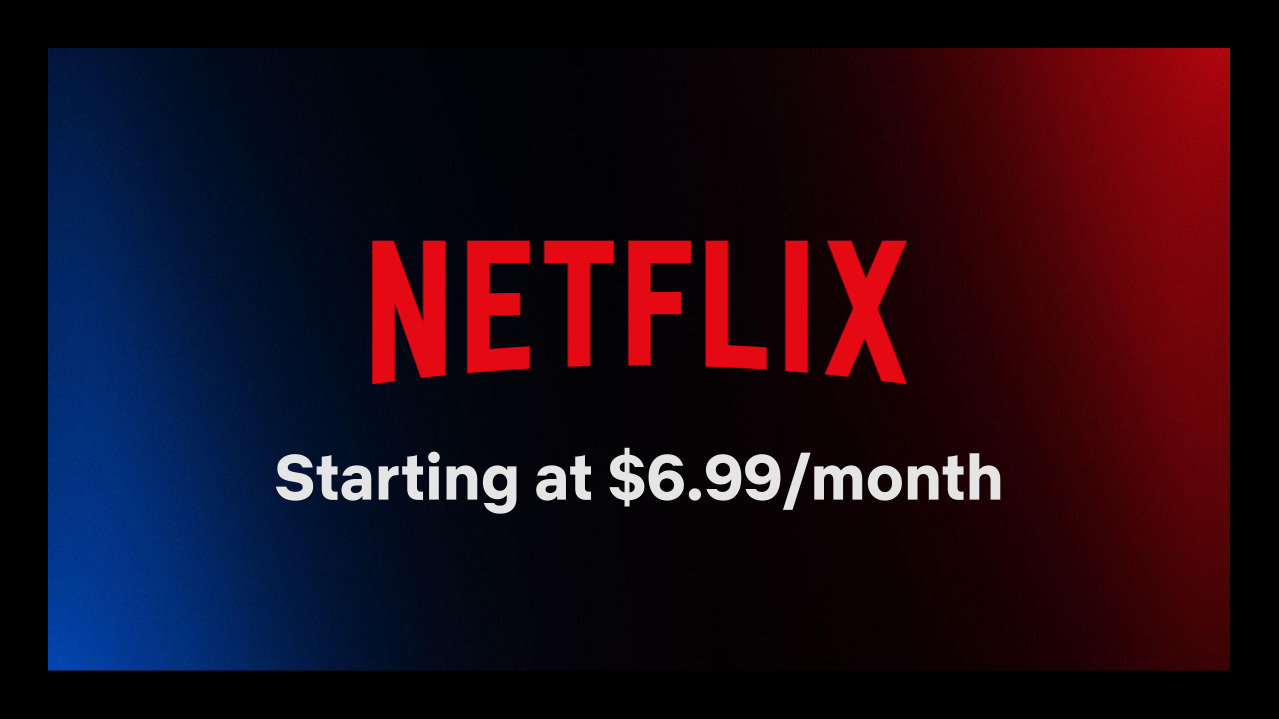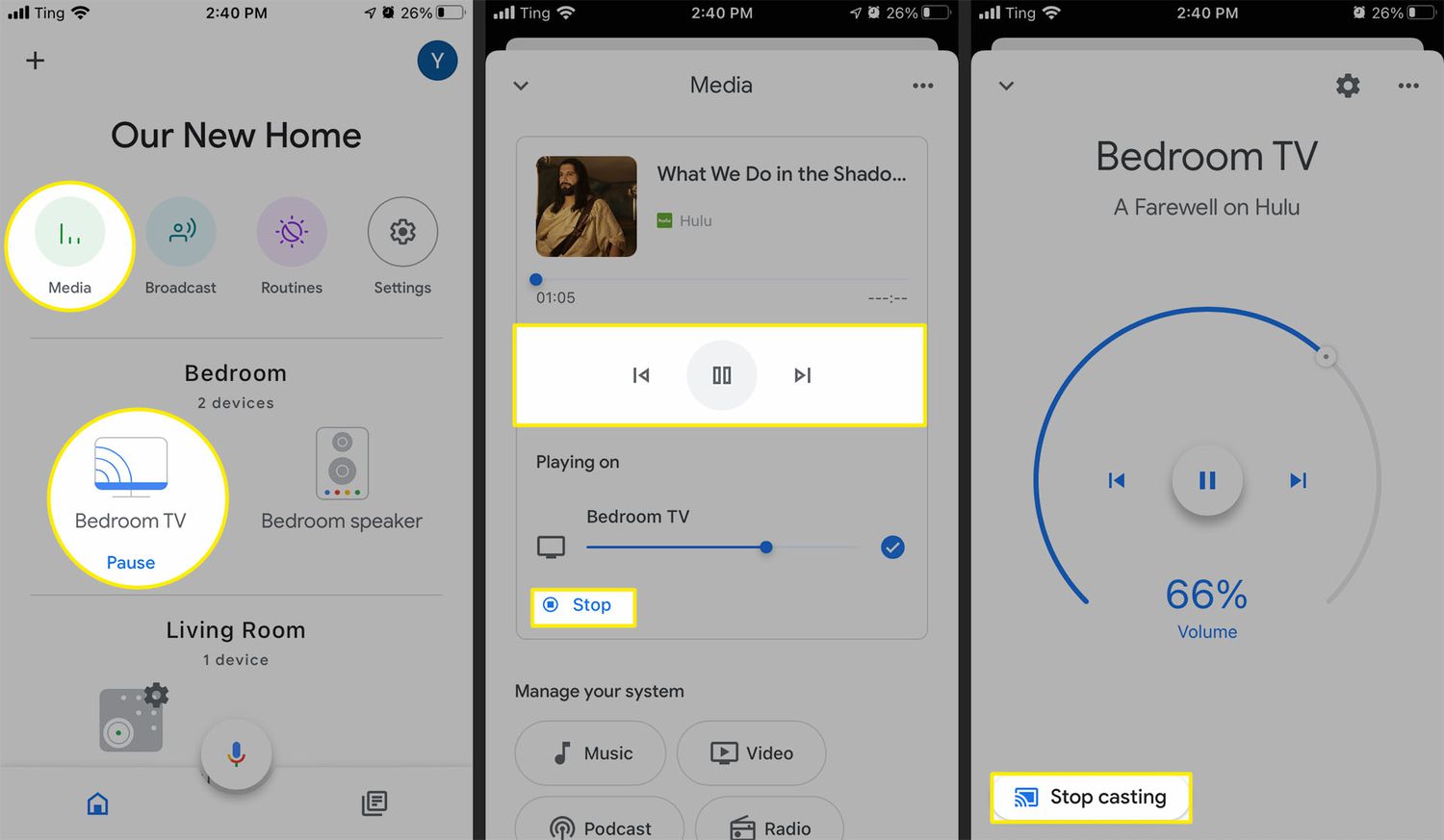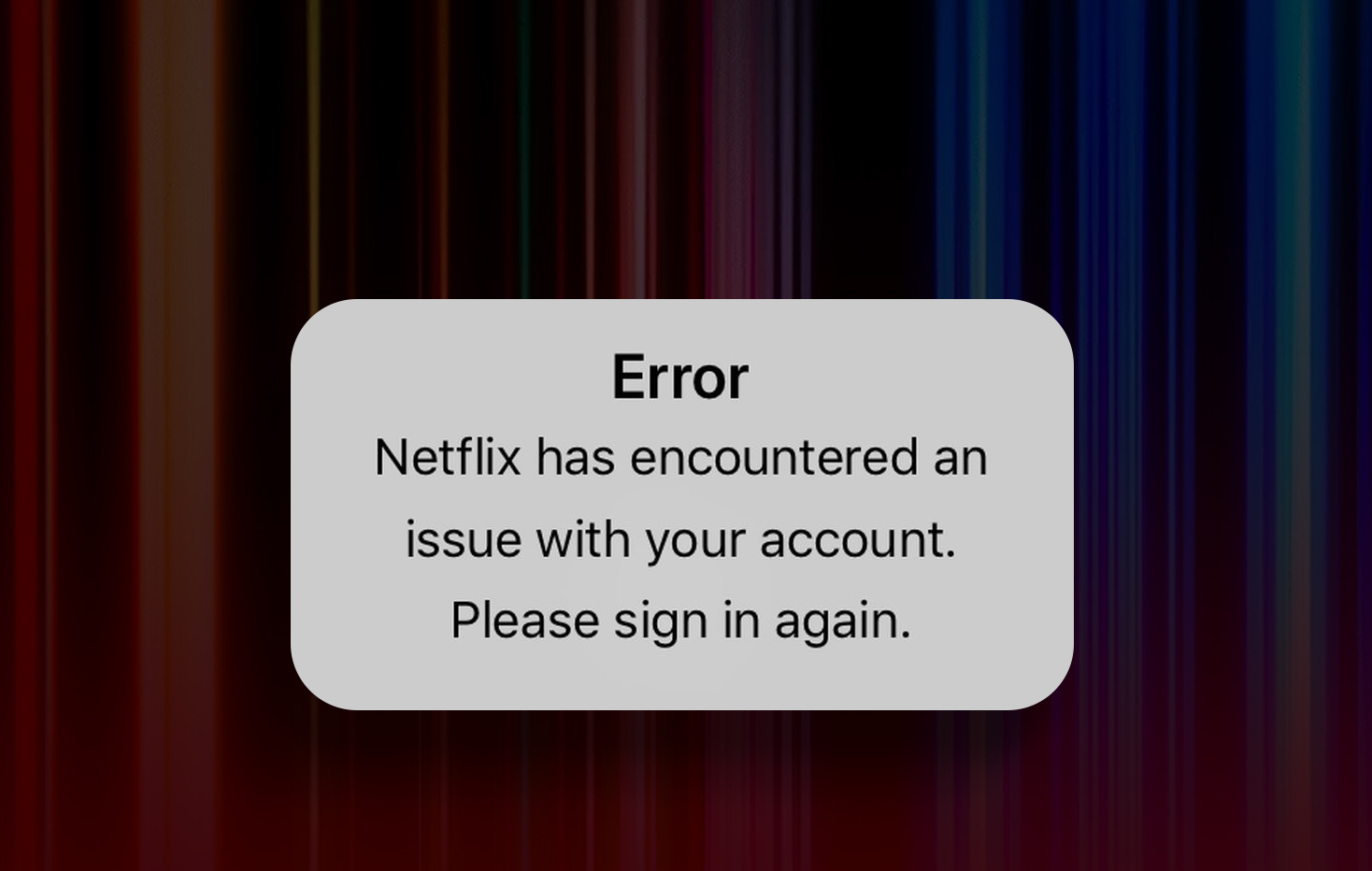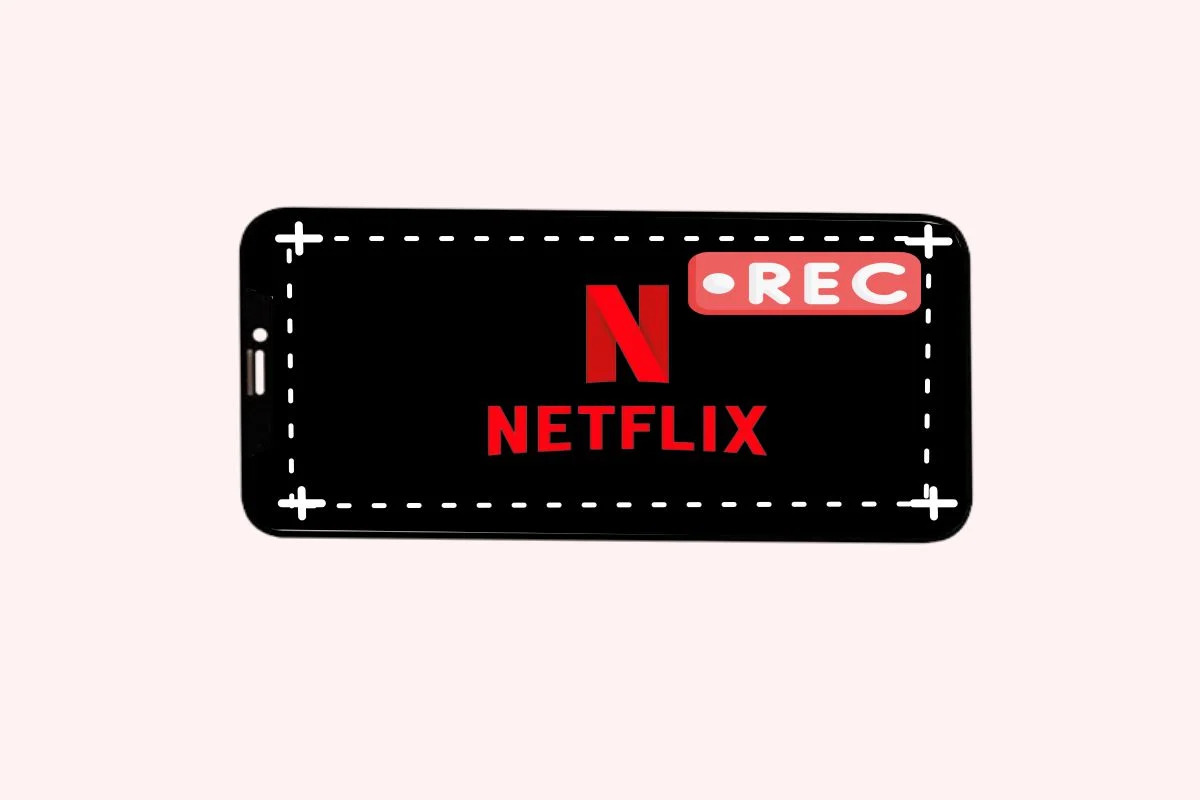Introduction
Netflix, the world’s leading streaming platform, has revolutionized the way we consume entertainment. With millions of subscribers worldwide, Netflix has become a household name, providing a vast library of TV shows, movies, and original content. However, an ongoing issue for Netflix is the practice of password sharing. While many users enjoy the convenience of sharing their account credentials with friends and family, it poses a challenge for the company in terms of revenue generation and user loyalty.
Sharing passwords may seem harmless to users, but it has significant implications for Netflix’s business model. By allowing multiple users to access the same account, Netflix loses potential revenue from customers who would have otherwise subscribed to their own individual plans. Additionally, the streaming giant faces challenges in accurately measuring viewership numbers and tailoring content recommendations to users when multiple individuals are using the same account.
To address these concerns, Netflix may consider implementing strategies to prevent password sharing. One potential solution is the use of two-factor authentication, a security measure that adds an additional layer of verification to the login process. By requiring users to enter a one-time code sent to their registered mobile device, Netflix can ensure that only authorized users can access an account, discouraging the practice of password sharing.
However, implementing two-factor authentication comes with its own set of challenges. The process may introduce complexities for users and potentially result in a less seamless user experience. There is also the risk of false positives when legitimate users are denied access due to issues with the two-factor authentication process, which could lead to frustration and dissatisfaction.
Alternatively, Netflix could explore other strategies to deter password sharing. This includes monitoring user activity for simultaneous streaming on multiple devices, limiting the number of concurrent streams allowed per account, or introducing tiered pricing plans that cater to different household sizes or usage patterns.
In this article, we will delve into the issue of password sharing on Netflix, its impact on the streaming platform, and explore potential strategies that Netflix could employ to mitigate this issue. We will also evaluate the feasibility and challenges of implementing two-factor authentication as a potential solution. By addressing the problem of password sharing, Netflix can protect their revenue, enhance user experience, and maintain their position as a leader in the streaming industry.
Understanding password sharing on Netflix
Netflix password sharing refers to the practice of users sharing their account credentials with others who are not part of their household or immediate family. It has become a common behavior among subscribers, driven by the desire to save money and share the entertainment experience with friends and acquaintances.
There are several reasons why people engage in password sharing on Netflix. The primary motive is cost reduction. By sharing their account credentials, users can split the subscription cost with others, allowing them to enjoy the vast library of content at a fraction of the price. This is particularly appealing for individuals and students on a tight budget.
Another factor contributing to password sharing is the desire to share the streaming experience with loved ones who may not have their own Netflix accounts. By sharing their login information, users can give their friends and family access to the same movies and shows they enjoy, fostering a sense of connection and shared entertainment.
Moreover, password sharing on Netflix can also be attributed to the platform’s permissive culture. In the early days, Netflix had a lax approach towards password sharing, as the company recognized its potential to attract new subscribers and expand its user base. This leniency indirectly encouraged the practice and established it as a norm within the Netflix community.
While password sharing may seem harmless, it has significant consequences for Netflix as a business. The company loses potential revenue when multiple users access the service through a single account rather than subscribing individually. This revenue loss can impact the company’s ability to invest in new content, deliver a personalized user experience, and compete with other streaming platforms.
Additionally, password sharing poses challenges in accurately measuring viewership data, which is essential for content creators and platforms to understand audience preferences and make informed decisions regarding future productions. With multiple users streaming content on a shared account, it becomes difficult to differentiate individual viewing habits and provide accurate recommendations.
Despite these challenges, it is important to note that password sharing is not unique to Netflix. Many other streaming platforms face similar issues, and the industry as a whole is constantly seeking ways to address the practice without alienating their user base.
In the following sections, we will explore the impact of password sharing on Netflix and evaluate strategies that could be employed to deter this behavior and protect the company’s revenue streams.
The impact of password sharing on Netflix
Password sharing on Netflix has significant implications for the streaming platform, affecting its revenue, user experience, and content delivery. While it may seem like a harmless practice to users, the following sections will highlight the negative impact it has on Netflix and its operations.
First and foremost, password sharing directly affects Netflix’s revenue streams. When multiple users access the platform through a single account, the company loses potential revenue from those who would have otherwise subscribed to their own individual plans. This revenue loss can hinder Netflix’s ability to invest in new content, maintain its extensive library, and negotiate licensing deals with external content providers.
Furthermore, password sharing creates challenges in accurately measuring viewership data. This data is crucial for Netflix to understand user preferences, tailor content recommendations, and make informed decisions regarding future productions. With multiple users streaming content on a shared account, it becomes difficult to differentiate individual viewing habits and accurately track engagement metrics.
Another impact of password sharing is the degradation of the overall user experience. When multiple users share an account, it can lead to conflicts when trying to stream content simultaneously. Limited bandwidth and the inability to access content due to concurrent streaming can frustrate users and adversely affect their satisfaction with the platform.
Additionally, password sharing makes it more challenging for Netflix to personalize content recommendations. The platform relies on algorithms that analyze individual viewing habits to suggest relevant shows and movies. However, with multiple users accessing an account, the algorithms become less effective in tailoring recommendations to each person’s preferences. This can result in a less engaging and personalized user experience.
Moreover, password sharing also presents a security risk for Netflix and its users. When account credentials are shared with multiple individuals, the chances of unauthorized access or data breaches increase. This not only puts user information at risk but can also lead to content piracy if login credentials fall into the wrong hands.
Overall, the impact of password sharing on Netflix is significant. It affects the platform’s revenue, hinders its ability to accurately measure viewership data, compromises the user experience, and poses security risks. As a result, it is crucial for Netflix to implement strategies and measures to deter password sharing and protect its business interests.
Strategies Netflix can implement to stop password sharing
Netflix faces the challenge of curbing password sharing without alienating its user base or compromising the user experience. This section will explore potential strategies that the streaming platform can implement to deter password sharing and promote individual subscriptions.
One effective strategy is to introduce two-factor authentication (2FA). By implementing 2FA, Netflix can add an extra layer of security to the login process. Users would be required to enter a one-time code sent to their registered mobile device along with their username and password. This would ensure that only authorized users can access the account, discouraging password sharing.
Another approach is to monitor user activity and limit the number of concurrent streams allowed per account. By implementing strict limitations on the number of simultaneous streams, Netflix can prevent users from sharing their account credentials with multiple individuals. This would require users to subscribe individually if they wish to stream content simultaneously on different devices.
Netflix could also consider introducing tiered pricing plans that cater to different household sizes or usage patterns. By offering plans designed for individual viewers, couples, or families, Netflix can encourage users to subscribe individually based on their specific needs. This approach provides flexibility while discouraging password sharing.
Additionally, Netflix can invest in technology that detects and flags suspicious account activity. By using algorithms and machine learning algorithms, the platform can identify abnormal login patterns or multiple devices accessing the account from different locations. Prompting users to verify their identity in such instances can deter unauthorized password sharing.
Another strategy is to leverage partnerships with internet service providers (ISPs). Netflix could collaborate with ISPs to limit access to the platform through verified IP addresses or require specific login credentials tied to the ISP. This would restrict usage to authorized users within the designated area, discouraging users from sharing their login information with others outside their household.
Furthermore, educating users about the consequences and risks of password sharing could be an effective strategy. By highlighting the negative impact of sharing account credentials, such as degraded streaming quality or compromised account security, Netflix can encourage users to subscribe individually and dissuade them from engaging in password sharing practices.
It is important for Netflix to strike a balance between implementing effective measures to prevent password sharing and maintaining a seamless user experience. The selected strategies should be user-friendly, minimize hurdles during the login process, and not disrupt the convenience that Netflix subscribers have come to expect.
By implementing these strategies and possibly combining multiple approaches, Netflix has the potential to address the issue of password sharing effectively while maintaining its user base and revenue streams.
Two-factor authentication as a potential solution
Two-factor authentication (2FA) has become a common security measure across various platforms, and it presents a potential solution for Netflix to combat password sharing. By adding an extra layer of verification to the login process, 2FA can help ensure that only authorized users have access to their Netflix accounts.
The implementation of 2FA on Netflix would involve users providing a second form of authentication in addition to their username and password. This typically involves receiving a one-time code on a registered mobile device, which must be entered during the login process. This code serves as proof of ownership and verifies that the user attempting to access the account is the authorized account holder.
One of the primary benefits of 2FA is its effectiveness in reducing unauthorized access to accounts. Even if someone obtains the account credentials, they would be unable to log in without the unique code sent to the verified mobile device. This significantly deters password sharing, as users would need to physically possess the authorized device to log in successfully.
Moreover, implementing 2FA for Netflix can enhance account security by minimizing the risk of hacking and data breaches. With an additional layer of verification, it becomes more difficult for potential attackers to gain unauthorized access to user accounts. This not only protects sensitive user information but also mitigates the risk of password sharing leading to content piracy.
However, there are potential challenges and considerations in implementing 2FA on a large scale like Netflix. One concern is the potential impact on user experience. The additional step of entering a one-time code may be seen as cumbersome by some users, potentially leading to frustration and discouraging them from using the platform. Netflix would need to ensure that the 2FA process is streamlined and user-friendly to minimize any negative impact.
Furthermore, there may be technical issues that arise during the implementation of 2FA. For example, users switching to new devices or encountering network connectivity problems may face difficulties receiving the one-time code, leading to the inability to log in to their account. Netflix would need to invest in robust systems and support to address such situations promptly and provide a seamless experience for users.
Additionally, Netflix must consider the potential for false positives when implementing 2FA. There may be instances where legitimate users are denied access to their accounts due to issues with the 2FA process, such as delayed code delivery or incorrect device registration. To avoid user frustration, Netflix would need to develop strategies to quickly resolve such issues and provide alternative access methods.
Overall, two-factor authentication presents a promising solution for Netflix to mitigate password sharing. It enhances account security, reduces unauthorized access, and deters the sharing of login credentials. However, careful planning and implementation are necessary to ensure a positive user experience and address potential challenges that may arise.
The challenges and considerations in implementing two-factor authentication
While two-factor authentication (2FA) provides an additional layer of security and can deter password sharing, there are several challenges and considerations that Netflix must address when implementing this authentication method.
One of the primary concerns is the potential impact on user experience. Introducing a second authentication step may be seen as cumbersome or time-consuming by some users. The added step of entering a one-time code can disrupt the seamless login process, potentially leading to user frustration and dissatisfaction. Netflix must carefully design and optimize the 2FA process to ensure it remains user-friendly and minimizes any negative impact on the overall experience.
Another challenge is the potential for technical issues. Users may encounter difficulties in receiving the one-time code, especially if they switch to new devices or have network connectivity problems. Netflix needs to invest in robust systems and support mechanisms to quickly address such issues and prevent users from being locked out of their accounts. It is essential to provide alternative access methods or backup options to ensure a seamless login experience for all users.
Furthermore, the implementation of 2FA must consider the potential for false positives. Legitimate users may be denied access to their accounts due to issues with the 2FA process, such as delayed code delivery or incorrect device registration. This can lead to user frustration and negatively impact the perception of the authentication method. Netflix should have effective mechanisms in place to quickly resolve such issues and provide timely support to affected users to maintain their trust and satisfaction.
Another consideration is the balance between security and convenience. While 2FA enhances account security by adding an extra layer of verification, it is crucial to strike a balance to not impede the overall user experience. The authentication process should be seamless and efficient, ensuring that users do not encounter unnecessary hurdles or face excessive delays in accessing their accounts. Netflix must carefully design the 2FA implementation to offer a smooth user journey without sacrificing security measures.
Additionally, there may be challenges related to user adoption and awareness. Some users may be unfamiliar with 2FA or may find the concept confusing. Netflix should invest in educating its user base about the importance of 2FA, the benefits it provides, and how to set it up. Clear and accessible instructions, as well as resources for troubleshooting, should be provided to guide users through the process and resolve any questions or concerns they may have.
Ultimately, the successful implementation of 2FA on Netflix requires addressing these challenges and considerations. By prioritizing user experience, providing robust technical support, preventing false positives, striking a balance between security and convenience, and fostering user adoption and awareness, Netflix can effectively leverage 2FA to combat password sharing and enhance account security without compromising the overall user experience.
Alternative strategies for preventing password sharing on Netflix
While two-factor authentication (2FA) is one approach to deter password sharing on Netflix, there are alternative strategies that the streaming platform may consider implementing. These strategies address the issue from different angles and offer additional options to discourage account sharing.
One alternative strategy is to monitor user activity for simultaneous streaming on multiple devices. Netflix can implement algorithms that detect when an account is being accessed from multiple locations or devices simultaneously. If such activity is detected, the platform can prompt the user to verify their identity or limit the number of concurrent streams allowed. By doing so, Netflix can discourage multiple individuals from accessing an account and encourage users to subscribe individually.
An extension of this monitoring approach involves implementing session management tools. These tools can allow account owners to view and manage the active sessions for their account. This gives users increased control over who has access to their account and allows them to selectively revoke access for unauthorized devices or individuals.
Another strategy is to introduce tiered pricing plans that cater to different household sizes or viewing habits. Netflix could offer individual plans for single users, plans for couples, and family plans for larger households. This pricing structure incentivizes users to subscribe individually based on their specific needs and discourages the sharing of account credentials. By aligning subscription plans with the number of users in a household, Netflix can provide a more personalized and cost-effective option for its subscribers.
Additionally, Netflix can leverage technology solutions to limit access to the platform based on verified IP addresses. By partnering with internet service providers (ISPs) and using geolocation data, Netflix could restrict usage to authorized users within a designated area. This would deter users from sharing their login information with individuals outside their household or immediate vicinity.
Moreover, educating users about the consequences of password sharing and emphasizing the value of supporting content creators can be an effective strategy. Netflix can communicate the impact of sharing account credentials on revenue generation, content availability, and the overall user experience. By fostering a sense of responsibility and ownership, users may be more inclined to subscribe individually and discourage the practice of password sharing.
Lastly, Netflix could explore collaborations with content creators and production studios to create exclusive content or perks available only to individual subscribers. By offering unique benefits for individuals who subscribe to their own accounts, Netflix can incentivize users to maintain individual subscriptions rather than relying on shared credentials.
By implementing alternative strategies such as monitoring user activity, introducing tiered pricing plans, leveraging technology solutions, educating users, and offering exclusive content, Netflix can further deter password sharing and promote individual subscriptions. A combination of these strategies may prove to be effective in curbing the practice and strengthening the revenue streams and user experience of the streaming platform.
Conclusion
Addressing the issue of password sharing on Netflix is crucial for the streaming platform to protect its revenue streams, enhance user experience, and maintain its position as a leader in the industry. While implementing two-factor authentication (2FA) presents a potential solution, it is essential to consider the challenges and balance between security and convenience.
Alternatives such as monitoring user activity, introducing tiered pricing plans, leveraging technology solutions, educating users, and offering exclusive content can complement the efforts to deter password sharing.
Password sharing on Netflix has a significant impact on the company’s revenue generation, user experience, and content delivery. By sharing account credentials, Netflix loses potential revenue from customers who would have otherwise subscribed individually. Additionally, password sharing makes it challenging to accurately measure viewership data and provide personalized content recommendations to users.
To combat password sharing, one strategy is to implement 2FA, which adds an extra layer of verification to the login process. However, challenges such as potential impacts on user experience, technical issues, false positives, and user adoption must be considered. It is vital for the implementation to be user-friendly, efficient, and supported by clear instructions and troubleshooting resources.
Other strategies to prevent password sharing on Netflix include monitoring user activity for simultaneous streaming, introducing tiered pricing plans, leveraging technology solutions for IP address verification, educating users about the consequences, and offering exclusive content or perks for individual subscribers. Each strategy offers a unique approach to discourage password sharing and promote individual subscriptions.
In conclusion, password sharing presents challenges for Netflix, but there are various strategies and approaches that the company can consider to address this issue. By implementing effective measures, Netflix can protect its revenue, enhance the user experience, and maintain its position as a leading streaming platform. The key lies in striking a balance between security measures and user-friendly implementation to ensure a seamless and enjoyable streaming experience for all users.







